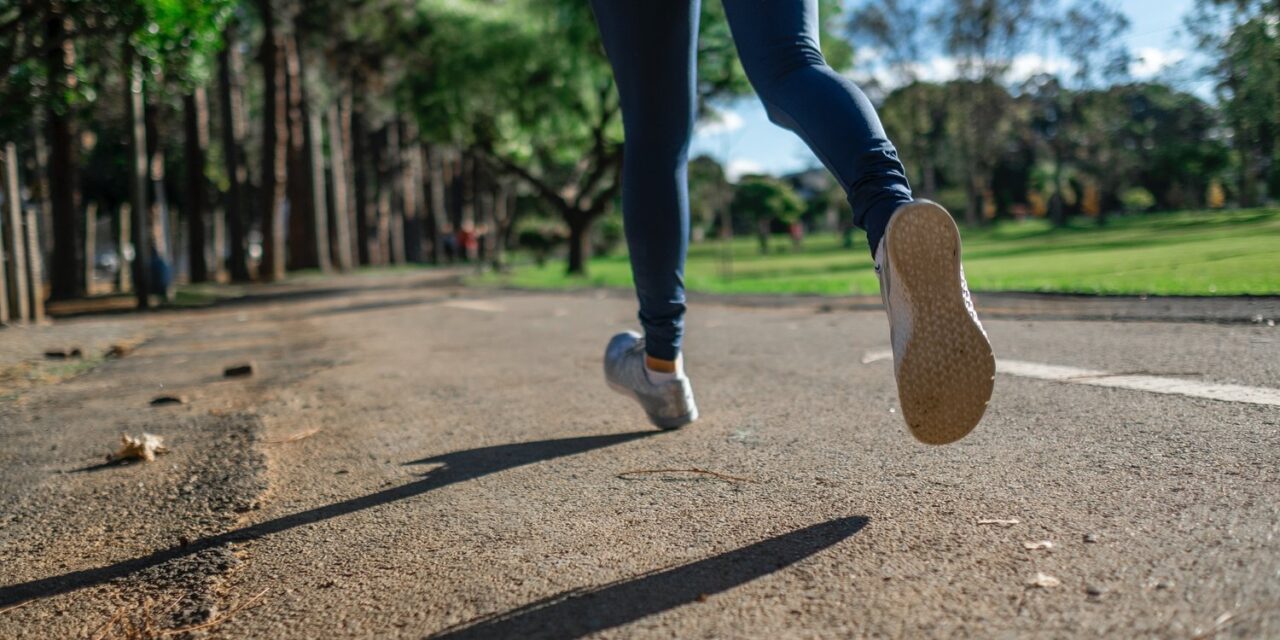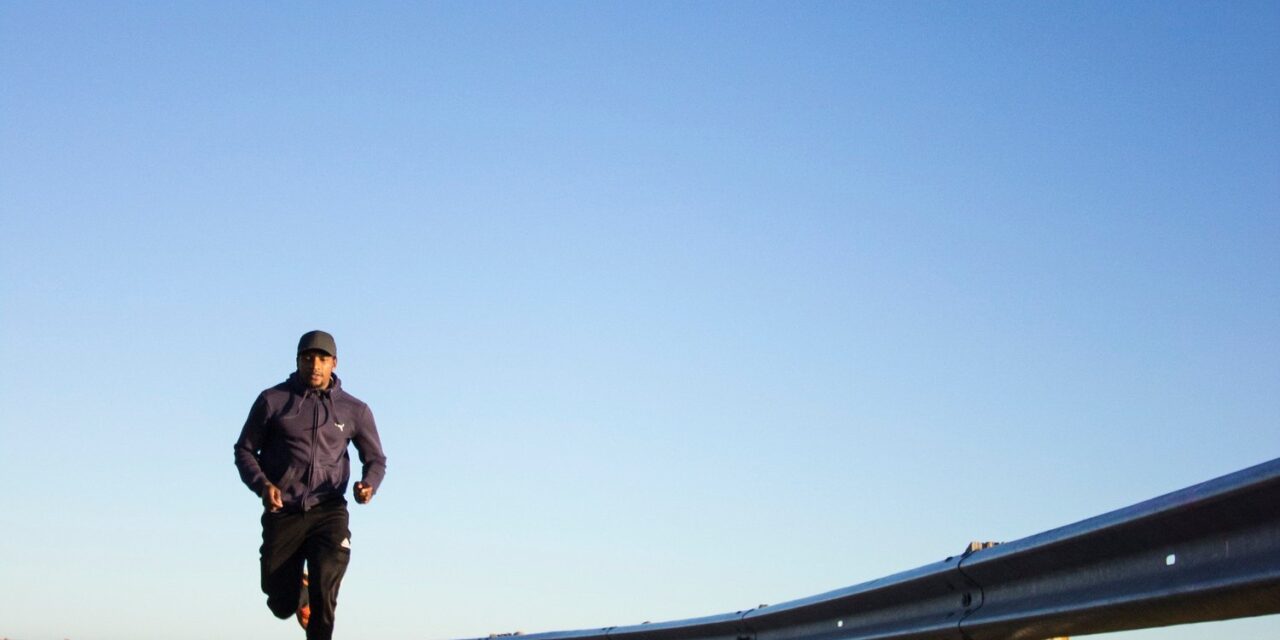Tarsal tunnel syndrome (TTS) is a condition that results from compression or entrapment of the posterior tibial nerve within the tarsal tunnel of the medial ankle giving symptoms of numbness, burning, and paresthesias in the heel, ankle, or sole of the foot (1). TTS can have several potential causes including trauma, soft tissue inflammation, and...
How Do Step Cadence Changes Affect My Running?
February 1, 2023
In our Boulder Physical Therapy and Lafayette Physical Therapy clinics we are often asked about cadence by our running clients and patients. A recent study in the Journal of Strength and Conditioning Research examined the effect of cadence training on running economy in a group of well-trained female runners. The authors looked at the runners...
Running is one of the most common recreational and athletic activities in Boulder, CO. Despite improvements in shoes, training methods, and exercise programs participants in this sport continue to see high injury rates most commonly in the lower body. In our Boulder Physical Therapy practice we frequently treat these injuries to accelerate an individual’s recovery...
Biomechanics in sports are essential to both performance and injury risk becoming more important as athletes begin to increase their training volume and reach higher levels of performance. Among runners poor biomechanics in the lower quarter have been associated with reduced running economy and in turn performance, as well as, overuse injuries such as patellofemoral...
Running related injuries are very common with studies reporting up to 90% of athletes reporting an injury preventing them from training or competition. Many groups including Physical Therapists are interested in reducing this injury risk through training volume modifications, shoe selection, strength training, and gait retraining. Despite popular internet opinions, research has not concluded on...
With access to miles of paths and acres of open space running remains one of the most popular outdoor activities in Boulder. Despite its’ accessibility, low cost of participation, and health benefits running related injuries keep many from training or competing at their preferred levels. One recent area of research has focused on gait retraining...
Cadence, or the amount of steps taken each minute, is a common and effective running assessment. This assessment can be done in both healthy and injured runners, but its’ modification is most impactful in the latter group. In our Boulder Physical Therapy practice, we routinely utilize running gait retraining to reduce abnormal forces in the...
Up to 80% of recreational runners will experience an injury limiting training time or competition in a given year. Running injuries are multifactorial in nature with contributions from muscle imbalances, training errors, and running biomechanics. High magnitude and rates of lower limb loading have previously been associated with running injuries. In our Physical Therapy practice,...
Researchers and clinicians continue to explore interventions to reduce the significant numbers of running related injuries. These injuries, mainly overuse in nature, often cause a loss in training time and are found among both novice and experienced runners. In addition to strength training, gait retraining has shown promise in reducing the forces placed across the...
Reducing Impact Forces In Runners
December 10, 2018
In our previous blogs, we have described interventions designed to reduce the high rates of running related injuries. To date, our best Physical Therapy interventions include controlling training volume, concurrent strength training, and gait retraining. In our Boulder Physical Therapy practice we aim to reduce peak loading forces and poor biomechanics at foot strike in...


